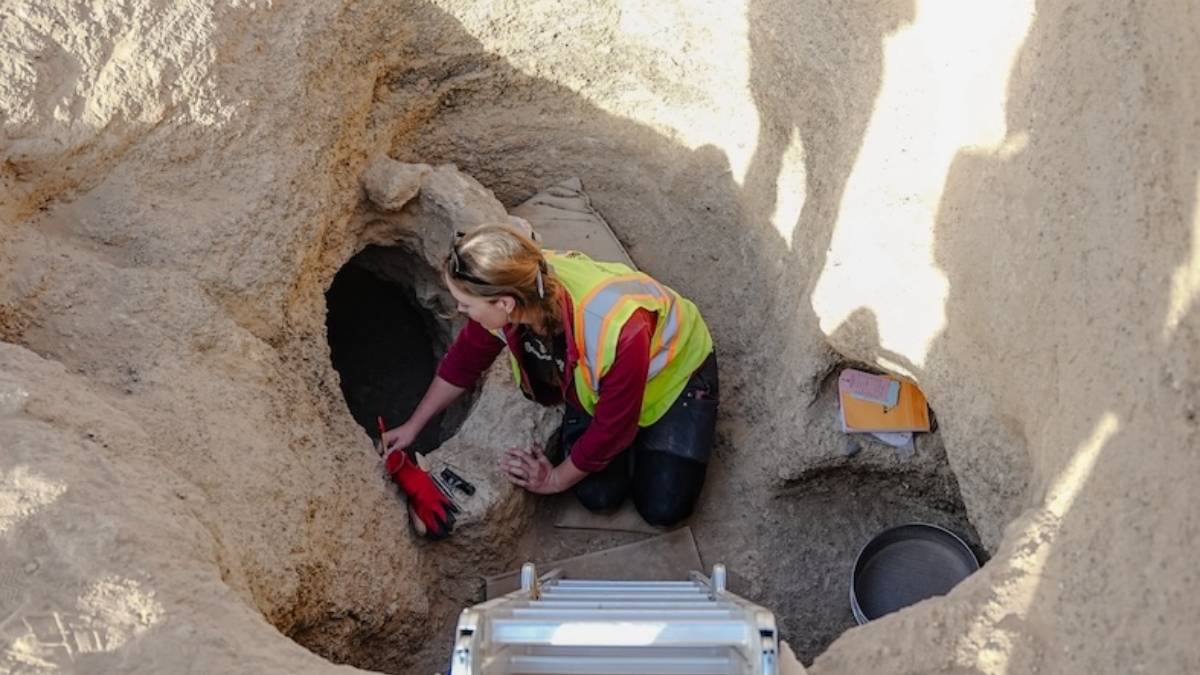Archaeologists have uncovered the UAE’s most significant Iron Age cemetery yet, dating back around 3,000 years, in Al Ain Region—offering a rare and detailed look into the burial practices and daily lives of ancient communities in the area.
Revealed by the Department of Culture and Tourism – Abu Dhabi (DCT Abu Dhabi), the massive necropolis, believed to have held more than 100 tombs, marks the first major Iron Age cemetery discovered in the country. Although the graves were looted in antiquity, a number of artifacts managed to survive, including pottery, soft-stone carvings, copper weaponry, and gold jewelry.
The cemetery sheds new light on the Iron Age’s role in shaping Al Ain’s iconic oasis landscape. The era saw the rise of the falaj system—an underground water channel crucial for agriculture—which laid the groundwork for centuries of settlement and development in the region.
His Excellency Mohamed Khalifa Al Mubarak, Chairman of DCT Abu Dhabi, said the find “transforms our understanding of the ancient Emirates and fills a critical gap in our knowledge of Iron Age burial traditions.” He added, “It offers tangible evidence that brings us closer to the lives, beliefs, and cultural evolution of those who lived here 3,000 years ago.”
The tombs, constructed with underground chambers and sealed with stones or mudbricks, featured no surface markers—making them nearly impossible to detect until now. The few surviving artifacts—like arrowheads with traces of ancient quivers, drinking sets, and bead necklaces—suggest a sophisticated ‘afterlife package’ intended to accompany the dead.
Forensic archaeologists, including an osteoarchaeologist, are now analyzing the fragile human remains to determine age, health, and genetic ties. Ancient DNA testing is expected to reveal even deeper insights into migration and familial connections of the era.
The discovery is part of the ongoing Funerary Landscapes of Al Ain Project, launched in 2024, and strengthens the legacy of the UNESCO-recognized Cultural Sites of Al Ain.






